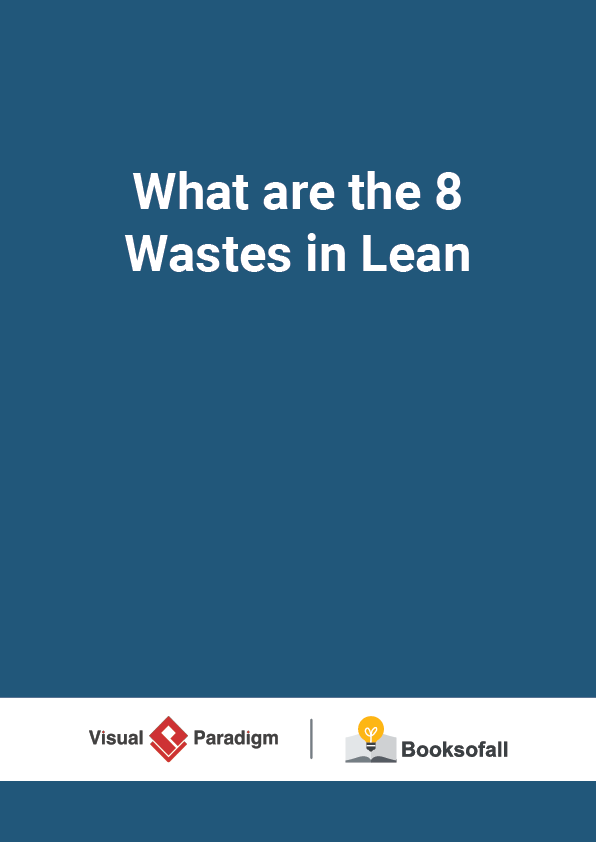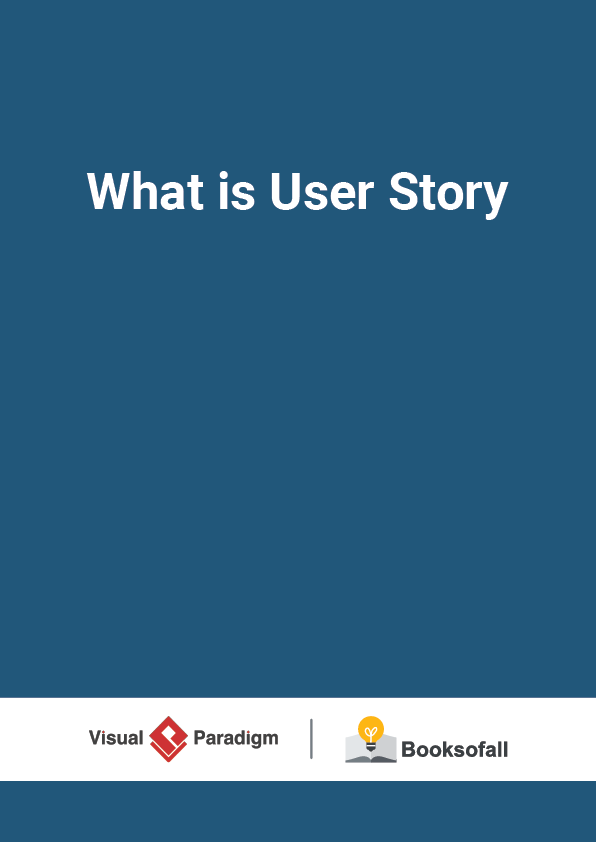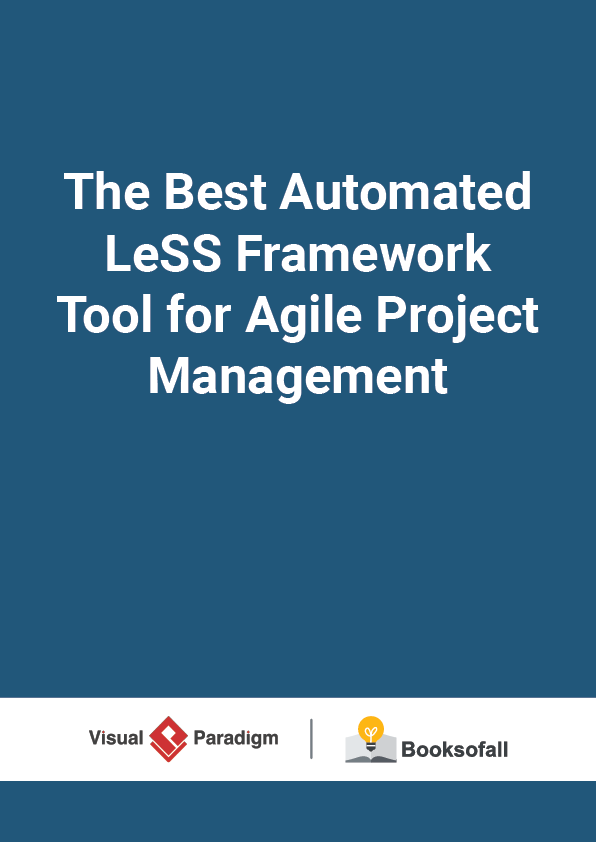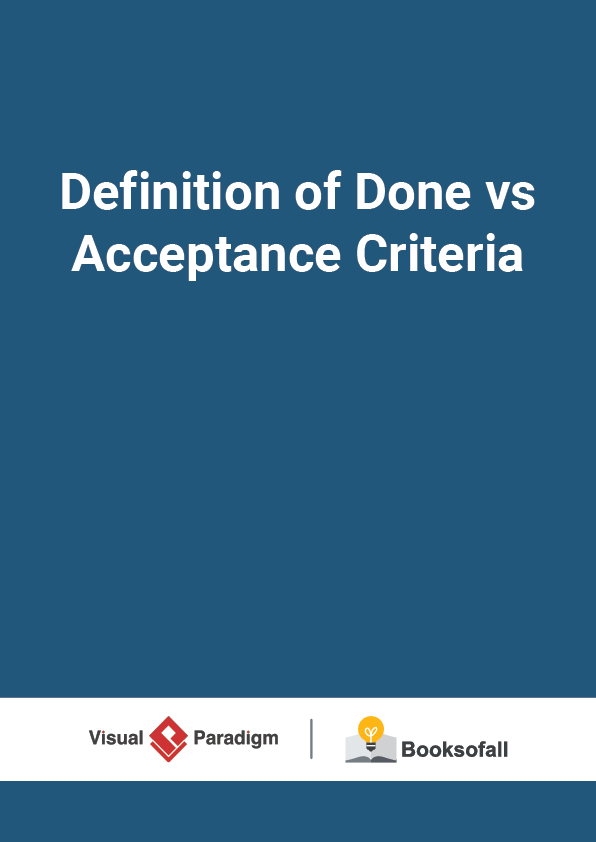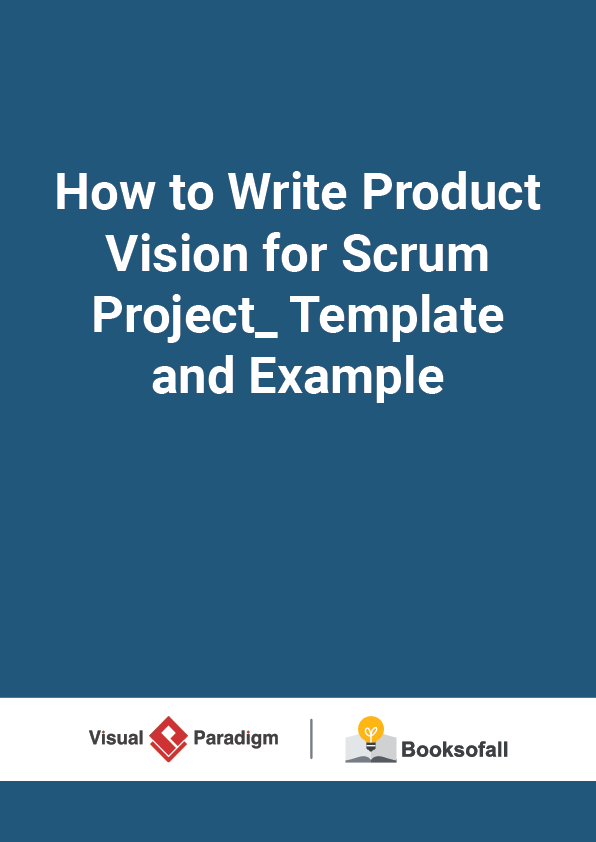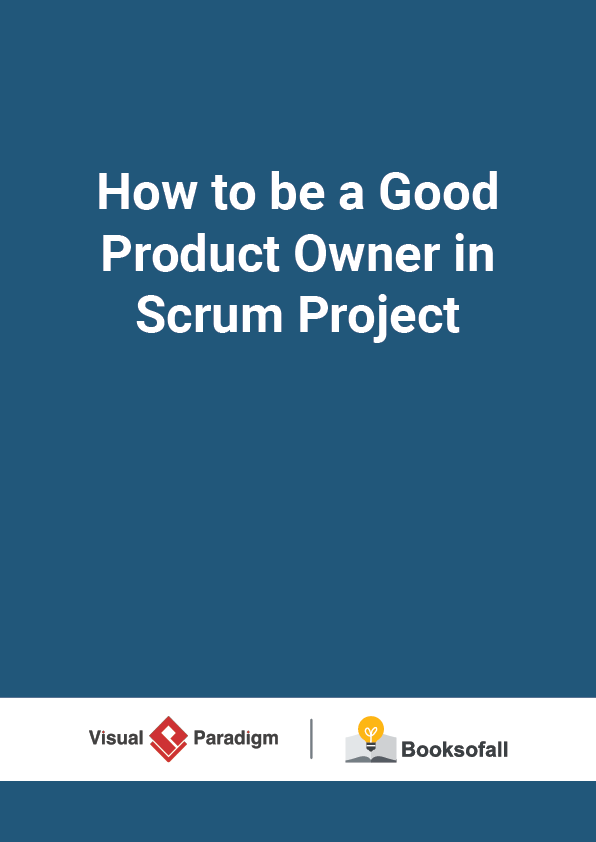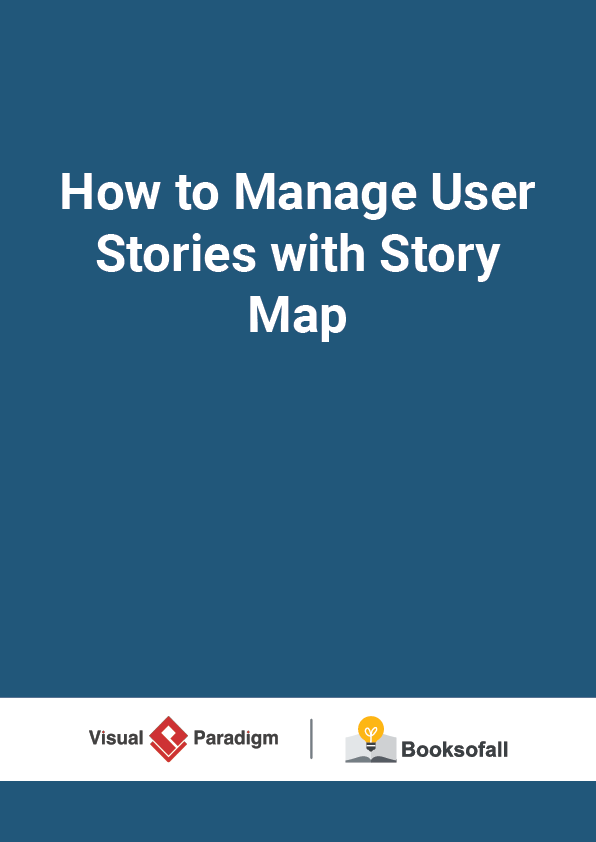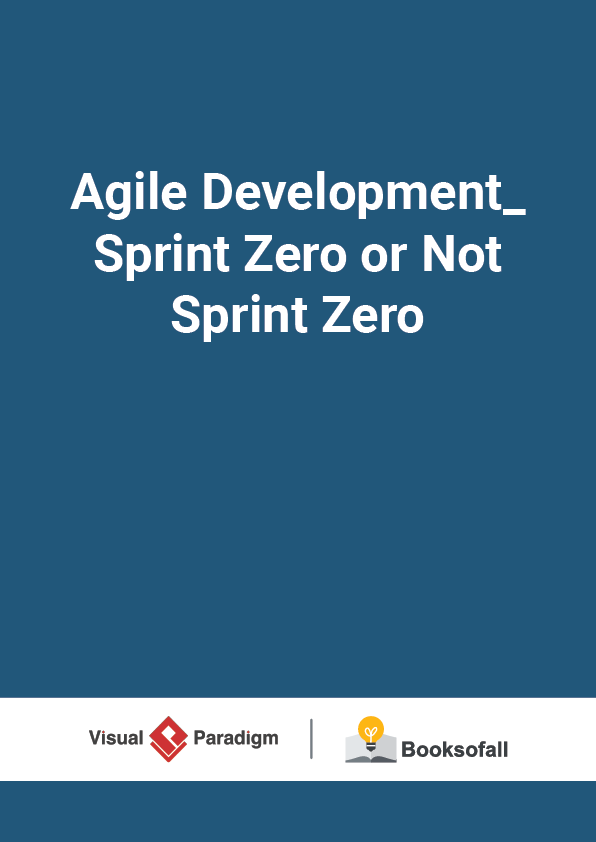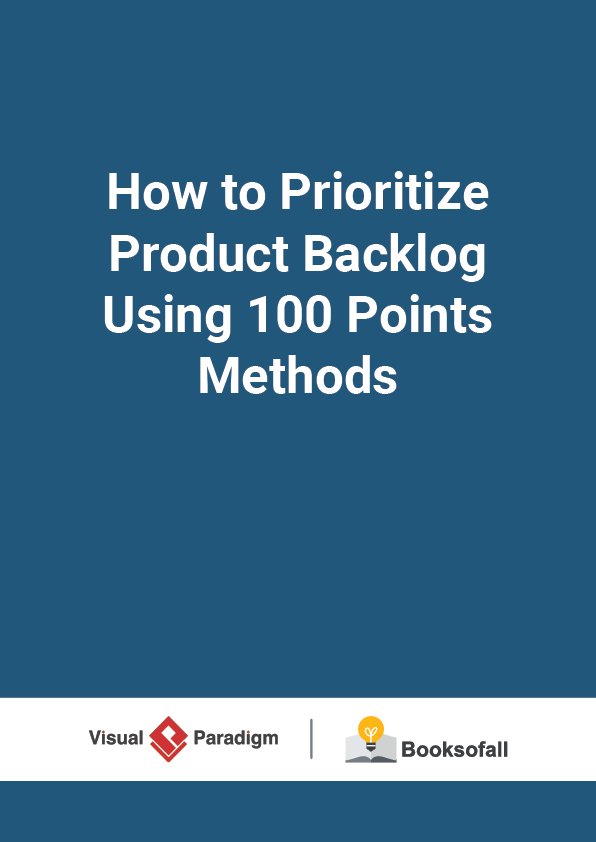What are the 8 Wastes in Lean?
5-6 minutes
A lean organization understands customer value and focuses its key processes to continuously increase it. The ultimate goal is to provide perfect value to the customer through a perfect value creation process that has zero waste.
What is a WASTE?
A waste is any step or action in a process that is not required to complete a process(called “Non Value-Adding”) successfully. When Waste is removed, only the steps that are required (called “Value-Adding”) to deliver a satisfactory product or service to the customer remain in the process.
These are the 8 Wastes:
- Defects – Products or services that are out of specification that require resources to correct;
- Overproduction – Producing too much of a product before it is ready to be sold;
- Waiting for the previous step in the process to complete;
- Non-Utilized Talent – Employees that are not effectively engaged in the process;
- Transportation – Transporting items or information that is not required to perform the process from one location to another;
- Inventory or information that is sitting idle (not being processed);
- Motion – People, information or equipment making unnecessary motion due to workspace layout, ergonomic issues or searching for misplaced items;
- Extra Processing – Performing any activity that is not necessary to produce a functioning product or service.
Later, the Lean concept was adapted by Eric Ries in his famous book, Lean Startup.
The 8 Scrum Wastes
5 Step Lean Approach
The five-step thought process for guiding the implementation of lean approach is easy to remember, but not always easy to achieve:
1. Specify value from the standpoint of the end customer by product family.
2. Identify all the steps in the value stream for each product family, eliminating whenever possible those steps that do not create value.
3. Make the value-creating steps occur in tight sequence so the product will flow smoothly toward the customer.
4. As flow is introduced, let customers pull value from the next upstream activity.
5. As value is specified, value streams are identified, wasted steps are removed, and flow and pull are introduced, begin the process again and continue it until a state of perfection is reached in which perfect value is created with no waste.
5 steps Lean Approach
Agile, Lean and Scrum
Lean came much earlier than the Agile Manifesto. It emerged in postwar Japan in automobile factories that wanted to be more productive.
The Figure shown below can easily be misunderstood that Agile is a subset of Lean, and in turns, Scrum is a subset of Agile .
Agile, Lean, Scrum and XP
What it mean is that :
- Lean approach covers much wider scope and principals like “limit work to capacity ”and “continuous process improvement” are applicable in just about any context.
- Agile is higher level – just a bunch of values and principles and no practices at all. Etc. Scrum is somewhere in between – it is not limited to software development, but still mandates the use of timeboxed events ( sprints ) and a product backlog .
- XP is more concrete and limited to the domain of engineering best practices in software development.
In short, lean projects are quite effective if they incorporate Agile concepts into their execution. After all, Lean means lean, without excess or waste, something that meets all that the Agile methodologies propose.
